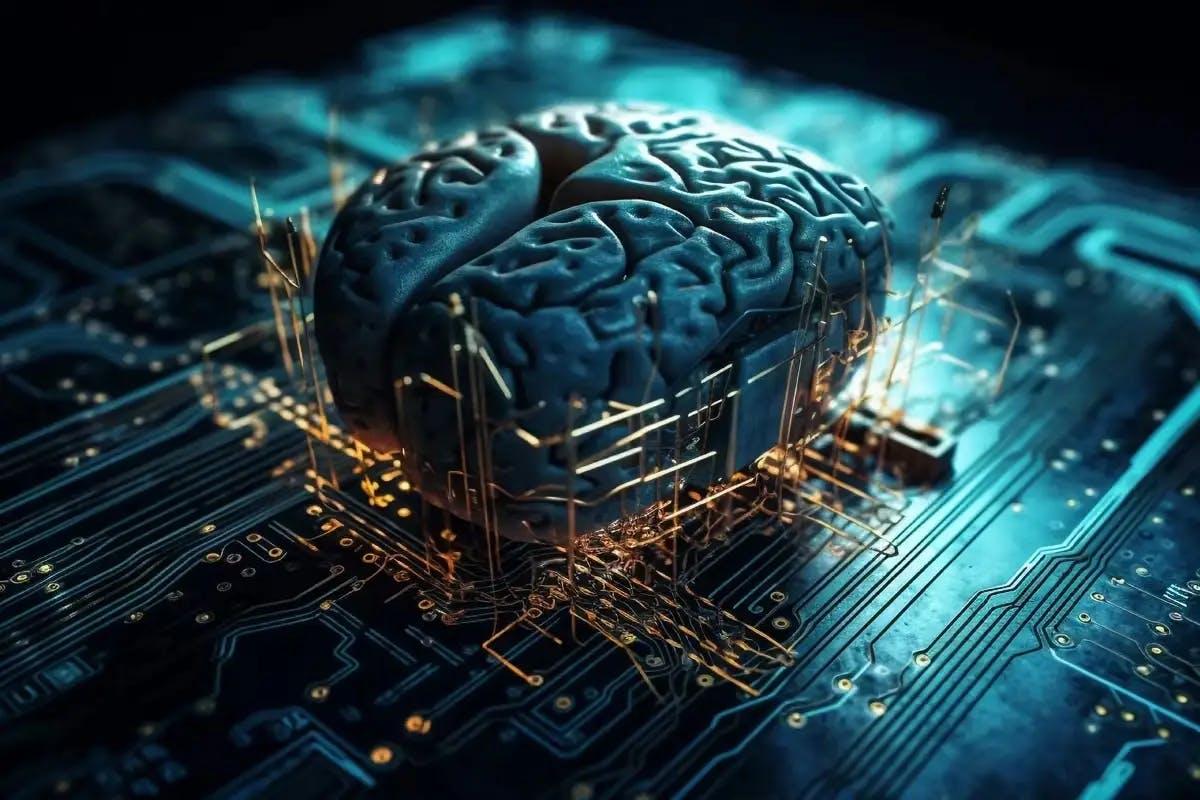
,
Machine learning technology has become extremely important nowadays. It helps businesses and organizations analyse large amounts of data to gain valuable knowledge, predict future events accurately, and make complicated decisions automatically. However, creating a successful machine learning model is not an easy task - it requires following a step-by-step process and paying close attention to every single detail.
This guide will walk you through the seven key steps needed to build an effective machine learning model in the year 2025. Whether you are an expert data scientist or just starting to learn about machine learning, the information provided here will give you a strong foundation for developing high-quality models. We have explained each step in simple language using many examples so that anyone can understand it easily. The steps cover everything from collecting and preparing the data to evaluating and improving the final model.
7 Steps to Build a Machine Learning Model
T-REX is an innovative protocol that simplifies issuing and managing security tokens according to regulations. Developed by Tokeny Solutions, a Luxembourg-based fintech company, it originated in 2018 when the need for a standardized framework to ensure security token compliance became evident. T-REX gained widespread industry adoption. In 2023, the Ethereum community designated it as the official ERC-3643 standard, solidifying its status as the universally accepted protocol for compliant security token issuance on the Ethereum blockchain.
Step 1: Define the Objective
The first step in developing a machine learning model is defining the problem and setting measurable objectives. This initial phase guides the entire project, ensuring efforts align with desired outcomes. Some of the basic questions will surely help to deliver the best machine learning model: What specific business problem or opportunity are you addressing? What are the model's desired goals and success criteria? How will you evaluate the model's performance? You'll make informed decisions throughout the process, ultimately achieving better results, by clarifying the problem and objectives upfront.
Step 2: Collect and Prepare the Data
Machine learning algorithms depend heavily on data quality. After determining your data requirements, gather appropriate data sources like databases, APIs, or credible websites. Clean and preprocess the raw data by removing duplicates, handling missing information, and standardising features. In the next step, split the prepared datasets into training, validation, and testing partitions. High-quality, representative data free from bias is crucial for effective model training. Remember, low-quality input will produce poor outcomes.

Step 3: Understand the Data
Before developing models, it is recommended to dedicate time to precisely explore and comprehend your dataset. This phase requires computing descriptive statistics like mean, median, and standard deviation to quantify central tendencies and variability. Visualising data through graphs and plots will help you to understand hidden patterns, trends, and promising deviations that require attention. You will gain a better understanding that can guide informed decisions on model selection, feature engineering, and preprocessing strategies by analysing the data thoroughly.
Make your machine learning journey easier. Create effective models for your company.
Step 4: Select and Train the Model
Model selection and training is one of the most important steps in effectively solving a machine learning problem. You must strategically choose an algorithm tailored to your specific task with a firm grasp on the problem's nature and data intricacies.
Next, divide your dataset into training and validation subsets. Preprocess the data by categorizing variables (through techniques like one-hot encoding) and scaling numerical features. Train your chosen model on the training data, then evaluate its performance using the validation set. There is a chance that the initial results fall short of expectations. Remember, model training is an iterative journey and it often demands continuous experiments and fine-tuning adjustments.

Step 5: Evaluate and Optimise the Model
Evaluate your model's performance carefully once it achieves reasonable validation data scores. Do measurement using appropriate metrics like accuracy, precision, recall, F1-score for classification tasks, or mean squared error and R-squared for regression problems.
Analyse the model's strengths and weaknesses in detail. Make use of techniques to boost performance: feature engineering, hyperparameter tuning, ensemble methods. Ensure the model meets your pre-defined success criteria. Thorough evaluation and optimization ensure that your model adapts well to unseen data, delivering reliable production results.
The model evaluation phase is also very important. Assess performance rigorously using suitable metrics to properly evaluate the model. Understand where improvements are needed in the model. Apply techniques to enhance the model's capabilities. Make sure that it satisfies all requirements before deployment of the model. This phase ensures a robust, high-performing model ready for real-world use.

Step 6: Deploy and Monitor the Model
After building a high-performing model, it is vital to deploy it into a production setting. Integrate it with your current systems or applications. Set up robust monitoring and logging mechanisms to track its performance metrics. Establish a systematic process to retrain and periodically update the model as new data becomes accessible or business requirements change. It's essential to understand that deploying a machine learning model is not a one-time event. It demands continuous monitoring and maintenance to ensure sustained accuracy and relevance.

Step 7: Communicate and Document
Effective communication and documentation are vital steps in machine learning model development. This phase ensures transparency, reproducibility, and knowledge transfer within the organisation. Prepare a detailed report or presentation that outlines your approach, findings, and recommendations in a clear and understandable manner. Document all aspects of your process, including code, data sources, assumptions, and decisions made during model building.
It’s time to collaborate with SMEs and stakeholders to interpret the model's results and implications accurately. By communicating and documenting your work effectively, you increase the chances of successful model implementation and facilitate future machine learning initiatives and knowledge-sharing within your organization.
Conclusion
Building a successful machine learning model requires careful planning and execution. You can create robust models that drive data-driven decision-making in 2024 and beyond by following these systematic steps mentioned in this article. Explore the entire capabilities of machine learning through this iterative process of continuous improvement.
Codiste is an advanced machine learning development company with specialists proficient in developing robust models. Their modern approach involves meticulous analysis of your business objectives and challenges. Codiste's skilled data scientists guide you through each phase: problem definition, data preparation, model selection, training, and deployment. They are also proficient in domains like computer vision, and natural language processing.
You can surely get benefitted from their extensive expertise in the latest techniques and best practices. Their team works closely with you, using their deep knowledge to create powerful machine learning models tailored to your specific needs. Whether your requirements involve complex algorithms or advanced applications, Codiste delivers innovative solutions to drive your success. Contact us now!




